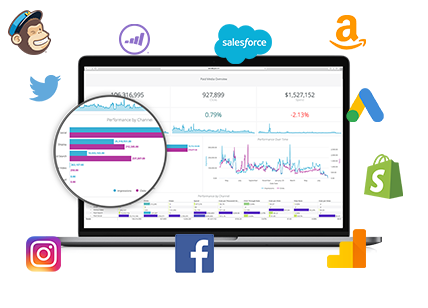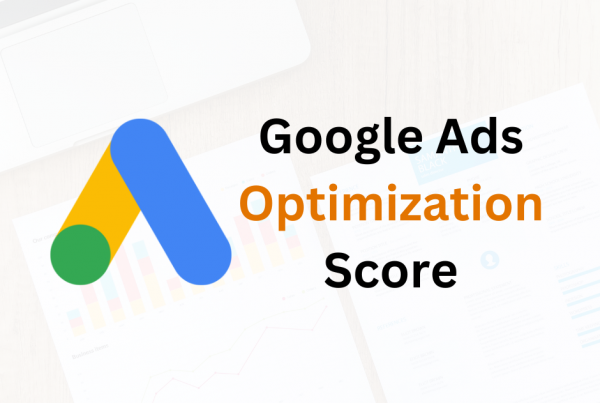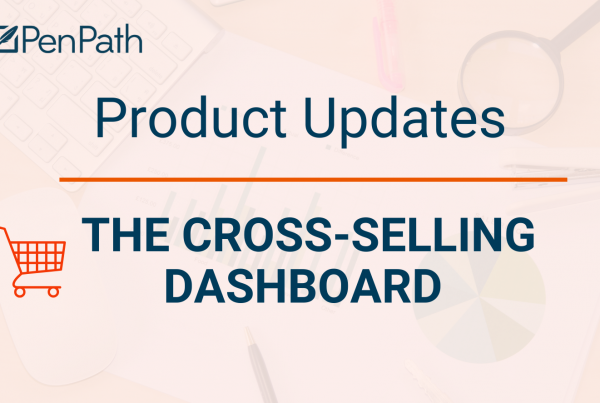When it comes to eCommerce, success is often dependent on the ability to analyze customer data and metrics.
Every click, view, and interaction holds potential insights into customer behavior that could enhance business performance. There’s just one challenge. With all the metrics available, which ones should you ignore to ensure sustainable e-commerce growth?
In this guide, we’ll highlight the metrics that should be approached with caution or altogether avoided when scaling an eCommerce business. While they may seem enticing at first glance, they often fail to provide actionable insights or contribute meaningfully to long-term success.
Let’s get started!
1. Social Media Followers
Social media followers are often viewed as a measure of a brand’s popularity and influence. However, a large following doesn’t guarantee meaningful engagement or conversions.
For instance, you could have 10k followers on your social media but only 50 people interact with your content. This could be an indication that you’re either sharing content that doesn’t resonate with your audience, or only a few of your followers are actually interested in your services.
Pro Tip:
Instead of focusing on follower count, focus on cultivating a genuine connection with your audience and fostering engagement that translates into tangible business outcomes, such as website visits, leads, and sales.
This includes creating relevant and compelling content, actively participating in conversations, and providing value to your audience. By prioritizing engagement over follower count, you can nurture a loyal customer base that is more likely to support your business and advocate for your brand.
2. Page Views
Page views indicate how many times a page on your website has been loaded or visited by users.
While high page views may seem indicative of strong traffic, they can be misleading if viewed in isolation. For instance, a surge in page views could be attributed to bot traffic or irrelevant clicks, skewing your understanding of genuine user engagement.
Additionally, focusing solely on page views might lead you to overlook critical metrics such as conversion rate and customer retention, which provide deeper insights into the effectiveness of your website in driving sales and fostering customer loyalty.
Pro Tip:
Instead of fixating on page views, prioritize metrics that reflect user actions, such as click-through rates, add-to-cart rates, and, ultimately, conversion rates, to gauge the true impact of your website in driving revenue and business growth.
For instance, if you have 1000 page views daily but only a 1% clickthrough rate, you need to find out why.
3. Number of Products Listed
While a diverse product catalog may attract a wide range of customers, listing numerous products can overwhelm visitors and dilute your brand message.
Pro Tip:
Instead of focusing on quantity, prioritize quality and relevance when curating your product offerings. Conduct thorough market research to identify products that align with your target audience’s needs and preferences, and optimize your catalog to provide a cohesive and compelling shopping experience.
By offering a carefully curated selection of high-quality products, you can differentiate your brand, streamline operations, and drive customer satisfaction and loyalty.
4. Time Spent on Site
Time spent on site measures the average duration that visitors spend browsing your website.
While longer session durations may suggest user engagement, they do not necessarily correlate with increased sales or conversions.
For instance, visitors may linger on your site due to indecision or simply browsing without intent to purchase.
Pro Tip:
Instead of fixating on extending session durations, prioritize improving user experience and optimizing your website to guide visitors toward conversion actions.
Streamline navigation, enhance product discoverability, and provide clear calls-to-action to help visitors find what they’re looking for quickly and efficiently.
By focusing on optimizing user experience and facilitating smooth transactions, you can maximize the likelihood of converting visitors into customers and driving revenue growth.
5. Email Open Rates
While high open rates are desirable, they do not necessarily indicate successful email marketing campaigns. For instance, recipients may open an email out of curiosity or habit without taking further action, such as clicking on links or making purchases.
Pro Tip:
Instead of fixating solely on open rates, focus on optimizing other key performance indicators (KPIs) such as click-through rates, conversion rates, and revenue generated from email campaigns.
Craft compelling and personalized email content that resonates with your audience’s interests and preferences, and segment your email list to deliver targeted messages to specific customer segments.
By focusing on driving meaningful engagement and conversions through email marketing, you can maximize the effectiveness of your campaigns and achieve tangible business results.
Are You Tracking the Right eCommerce Metrics?
Metrics are valuable for guiding strategic decisions in e-commerce; it’s crucial to prioritize those that provide meaningful insights into your business’s performance and growth trajectory. By focusing on metrics that align with your business objectives, you can build a sustainable, thriving enterprise.
If you’re looking for a comprehensive platform to track and analyze all important metrics in one place, consider PenPath—an all-in-one data analytics platform specializing in e-commerce and marketing data. PenPath can integrate data from over 50 sources, including Google Analytics, Meta Ads, Shopify, Magento, Klaviyo, YouTube, and many others to help you make data-driven decisions.





